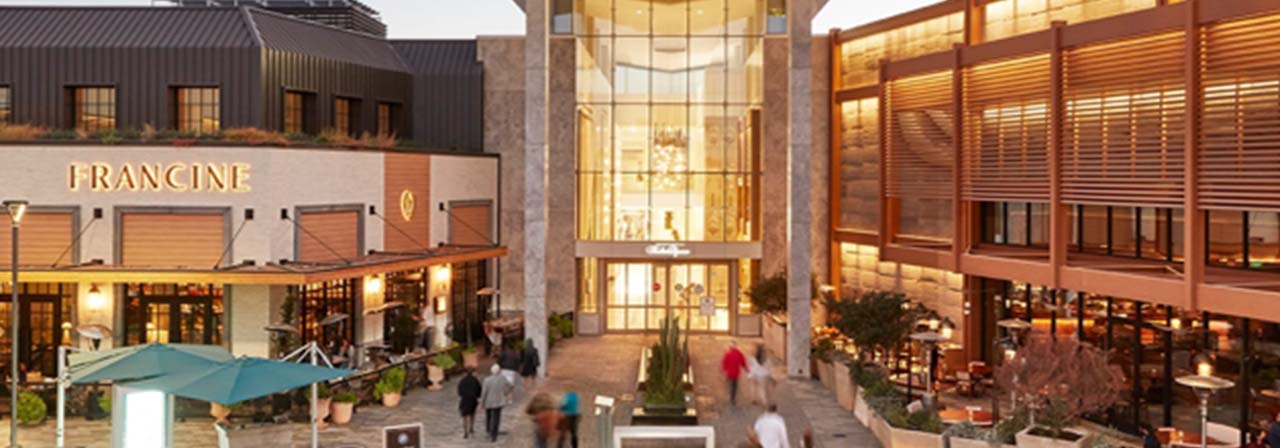Mall redevelopments embrace mixed-use
Some traditional mall owners have turned to redevelopment in order to reinvigorate their centers, incorporating housing, hotel, office, mixed-use, and more.
I’m walking around MainPlace Mall in Santa Ana, CA. This was my hometown mall growing up. I’m observing how much has changed since I last visited and noticing the new construction underway, with a new residential tower and on-site business center being built. Changes in consumer preferences have prompted some owners to reinvigorate their malls through redevelopment. With high demand for housing and hybrid work, it may be in mall owners’ best interests to include residential units and office space in their centers.
The retail environment is constantly changing, and mall owners must adapt. To understand how mall owners are tackling redevelopment projects, we conducted an analysis of 153 mall redevelopments.
46% of U.S. mall redevelopments are mixed-use and most retain retail use
In the U.S. sample of 153 mall redevelopments, 46% of U.S. mall redevelopments are mixed-use projects incorporating at least three uses. Nearly 86% of mall redevelopments retain retail use, highlighting the importance of retail’s role as a complement to other uses.
Residential and office are the most popular U.S. mall redevelopment uses
The most popular U.S. mall redevelopment uses are residential and office, with nearly 54% of mall redevelopments incorporating residential use and nearly 35% incorporating office use.
Other uses like hotel, green space, and health & medical facilities are becoming common additions. Regarding health and medical facilities in mall redevelopments, vacant mall space provides the necessary space to build medical offices, clinics, and outpatient centers.
Also, there are examples in which mall owners redeveloped entire mall properties into nonretail uses such as college campuses, corporate headquarters, or industrial distribution facilities.
Most U.S. mall redevelopments involve the entire mall but there are cases of anchor redevelopments
Malls rely on their anchors to attract consumers. Once vacant, it is difficult for mall owners to fill an anchor space due to the large square footage requirements. One solution mall owners have found for vacant anchor space is anchor redevelopment.
In the U.S. sample, 17% of mall redevelopments involved anchors and a majority of anchors redeveloped were formerly occupied by Sears.
The most popular anchor redevelopment uses are retail enhancement and residential. Anchor redevelopment through retail enhancement allows mall owners to elevate the retail experience by adding additional retail offerings such as luxury retail, food halls, and entertainment. Anchor redevelopment into residential is another popular choice as mall owners can build apartment towers on vacant anchor space, which ultimately fuels demand for retail.
However, anchor developments are not restricted to residential and retail enhancements; some mall owners are experimenting with unique uses. There are examples of vacant anchors that were redeveloped into charter schools, casinos, and even a vertical farm.
Residential demand drives Canadian mall redevelopment
Traveling north of the U.S., we have seen mall redevelopments occurring in Canada as well.
In a sample of 23 mall redevelopments for Canada’s largest markets (Montreal, Canada, and Vancouver), nearly 100% of mall redevelopments are mixed-use projects that retain retail use. Like the U.S., Canadian mall redevelopments are moving towards mixed use and retaining retail as a complement for other incorporated uses.
The most popular Canadian mall redevelopment uses are residential and retail enhancement. Nearly 96% of mall redevelopments in Canada will incorporate residential housing whereas 83% of mall redevelopments will enhance retail offerings, F&B choices, and entertainment options by adding 2.2 million square feet of additional retail.
